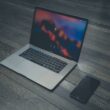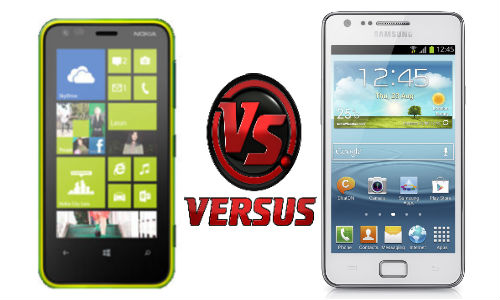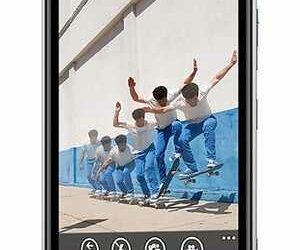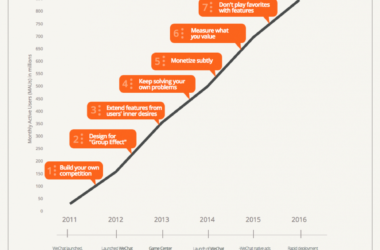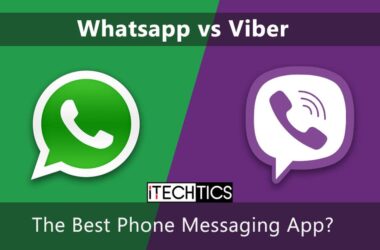Nokia has been concentrating on the tablet PC segment more than the smartphone arena recently.
The reason is very simple; the era of the smartphones is closing in soon, with the masses showing affinity for tablet PC devices. The Lumia 620, released by Nokia, may not have gained the status of being a flagship model for the company, regardless, the handset made recognition in the smartphone arena. In addition, the masses could relate the device to the company, Nokia for a long time. However, in the smartphone market, the only thing that is constant is change. Trends change pretty quickly in the market.
The Lumia 620, being a Windows Phone 8 operated phablet, comes in a different design and offers various aspects to the potential buyer. Nokia has been very meticulous with its design, with primary focus on vibrant colors and company’s Windows Phone applications free, for the potential buyer.
In comparison, the Korean giant, Samsung Electronics offer the masses with user friendly and easily affordable smartphones. The Galaxy Core smartphone from the Korean giant offers a similar design out of the stable, as that of its siblings. The smartphone comes with mid-range specs and features.
Let us compare the two smartphones in terms of their display.
Display
The Lumia 620 comes equipped with a small 3.8-inch IPS LCD screen, having Clear Black technology and a WVGA resolution of 480 x 800 pixels. The present times have seen smartphones being equipped with 4.7 to 5-inch or more displays, on high-end smartphones or tablets. Regardless, the smaller screen of the Lumia 620 would enable you to operate the smartphone single handed, which one may find difficult to perform with larger screen smartphones.
The smaller screen with perfect resolution, provides the user with a decent pixel density of 246-ppi (pixel per inch), with detailed images and no jagged pixels. The Clear Black technology provides the user with saturated and deep black colors. The wide viewing angles offered by the IPS LCD screen are a treat to have. Regardless, the low brightness level of the display offers poor outdoor visibility in broad daylight.
Samsung Galaxy Core
The Samsung Galaxy Core handset comes equipped with a 4.3-inch screen bearing IPS LCD technology. However, the WVGA resolution is similar to that of Lumia 620 smartphone, but does not come with razor sharp images, because of the low pixel density of 217-ppi.
The screen is just not bright enough, which is easily noticed when the user turns on the screen. The display has a peak brightness of 343-nits, providing the user with dim image quality and poor outdoor viewing experience. However, the display offers high color accuracy, offering a pleasing picture viewing experience. The screen offers great viewing angles without the colors being deteriorated at extreme angles.
The oleo-phobic coating on the display is a home for smudges and fingerprints, which makes it hard for the user to read the content on the screen. The user has to wipe the screen repeatedly, in order to view a clean slate. The handset also does not come equipped with automatic brightness setting. These compromises have been made by the company to bring the tablet at an affordable price. The brightness slider has been included in the notification drop down for quick and easy control.
Related ItemsNokia Lumia 620Samsung Galaxy Core

